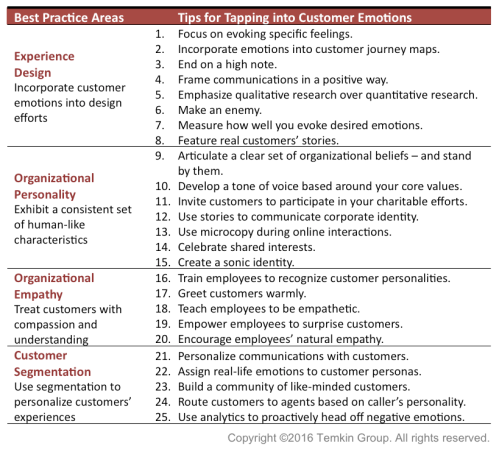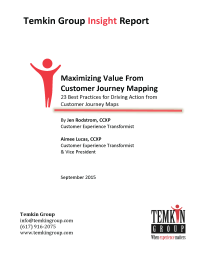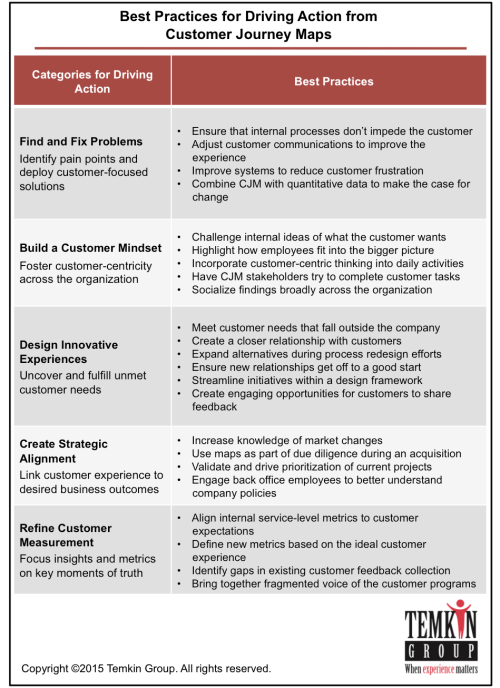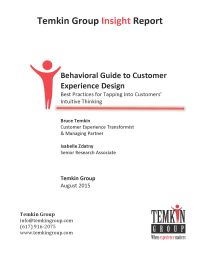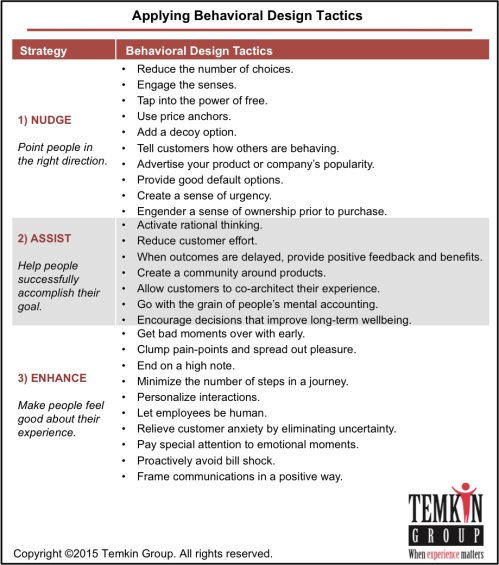As you read the title of this post, you were likely thinking that there’s been a typo. Departments of Transportation (DoT) around the country have been called a lot of names, but good designers isn’t a common label. In this one case, though, I want to give a shout out for a part of the MA DoT’s roll out of MA’s new toll-less EZPass system.
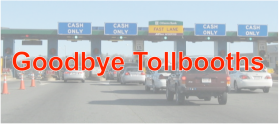 In the past, if you did not have an E-ZPass transponder, you could go to a separate lane on the Mass Pike and pay a toll operator. The new system will completely eliminate the need for toll operators. If a car doesn’t have a transponder, then the system will take a picture of the license plate and charge the car owner with the toll fee plus a penalty for not using a transponder. So over time, the goal is for everyone to use a transponder.
In the past, if you did not have an E-ZPass transponder, you could go to a separate lane on the Mass Pike and pay a toll operator. The new system will completely eliminate the need for toll operators. If a car doesn’t have a transponder, then the system will take a picture of the license plate and charge the car owner with the toll fee plus a penalty for not using a transponder. So over time, the goal is for everyone to use a transponder.
Here’s where the design part comes in. The MA DoT is having a grace period of six months during which people who get a penalty for not using a transponder can get those fees eliminated if they get a transponder. Here’s why I think that it’s good design:
- No matter how much the DoT tries to communicate the upcoming changes, a very large number of people won’t really understand (or care about) what’s going on.
- The point at which many, many people will understand (and care about) the changes is when it truly affects them… when they receive their first bill with penalties for not using a transponder.
- By providing a way to eliminate the penalties, the DoT will motivate a large number of people to get transponders — instead of just being upset with the DoT.
The key lesson here is that you need to design interactions based on how people really behave, not on how you’d like them to behave. While it would be great for everyone to understand and care about the E-ZPass changes prior to them going into effect, that would not be realistic. Most people do not pay attention to situations until they are directly affected by them. In this case, that moment is likely on the arrival of their first bill. So it is critical to design an experience around that moment which drives the behavior that the MA DoT is looking for — getting an E-ZPass Transponder.
In order for this part of the program to really work well, it is critical that those initial bills be designed to clearly communicate the option to eliminate the fees, and provide a simple path to do so. If not, then forget everything that I’ve said about good design; it will be a poor experience.
The difference between success and failure at this point comes down to what I’ve called the Design of Little Things (DoLT). All too often, people get the big things right, but fail to obsess about the DoLT that will make or break the experience.
I will be going through some toll booths without a transponder so that I can see what the experience looks like. If I find something interesting, then you might see a follow-up post.
The bottom line: Design for how people really behave, and obsess about little things.










